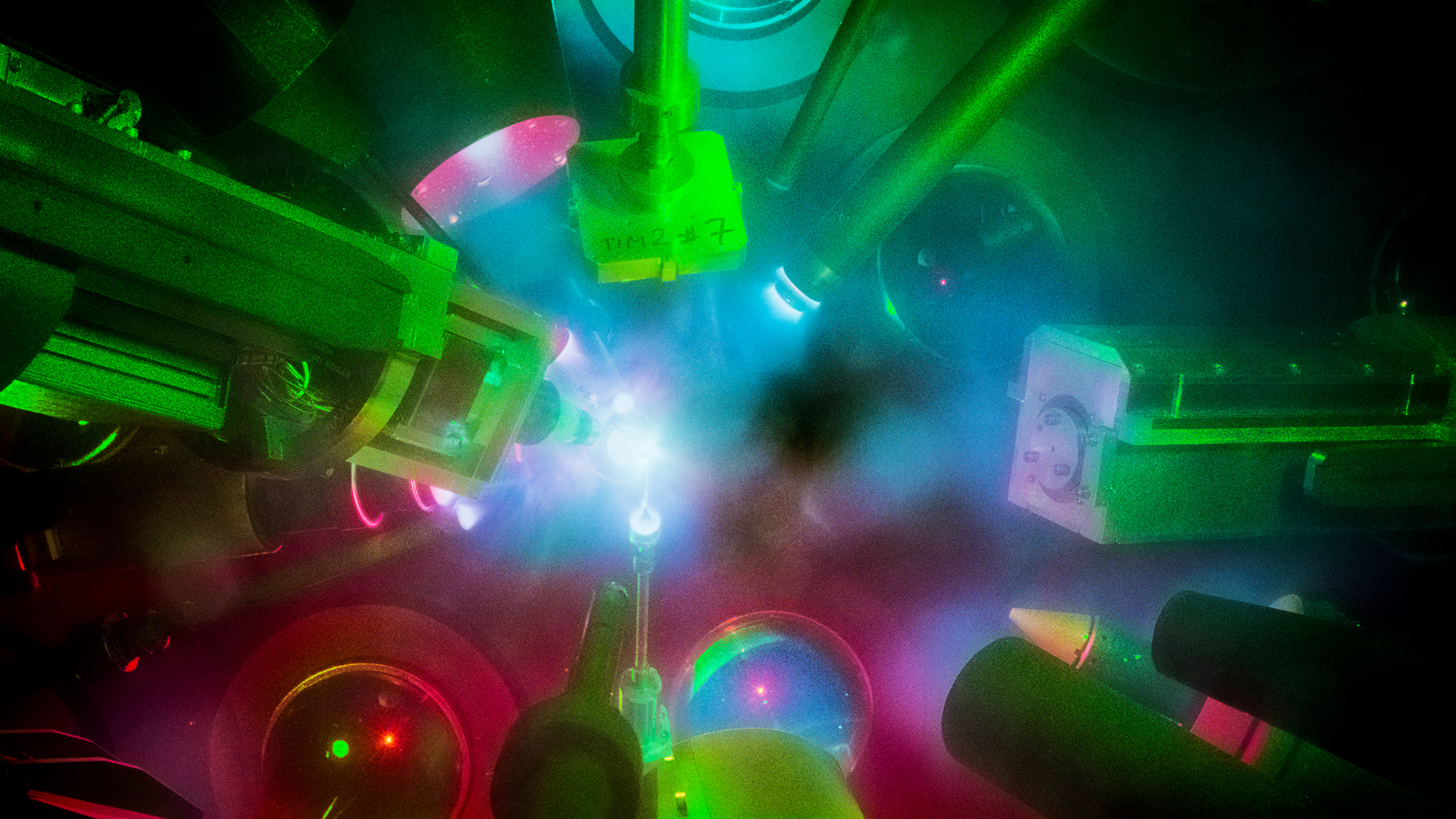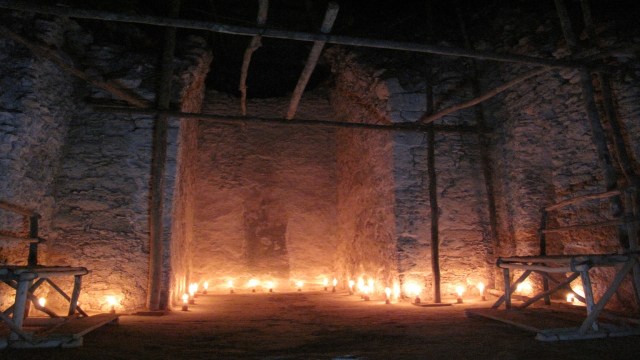The boundaries between sciences

- The boundaries between scientific disciplines can make it harder for teams of scientists to collaborate.
- These boundaries were never so rigid until science began to professionalize in the 19th century.
- Nature is a whole, and it does not separate itself into perfectly distilled disciplines. We need to strive toward greater unity.
We spend a lot of time talking about the boundaries of science. What we are usually talking about are the limits of what science can explain.
What we often miss is the impact of the boundaries within science itself. By this, I mean the walls that exist between different disciplines. If you want to learn about life, you go to the biology department. But if you want to learn about matter, you go to the physics department. These boundaries were never very rigid until the 19th century, when science started to professionalize. They are beginning to erode somewhat now, thanks to new tools such as Big Data. But significant challenges remain to getting different domains to talk to each other. I am reminded of these challenges as I head into a meeting this week that brings together practitioners of four different disciplines.
A laser focus on learning a science’s language
On May 5-6, researchers from around the country will gather in Rochester, New York, for a meeting of the Center for Matter at Atomic Pressures (CMAP). The Center is a collaboration of universities and laboratories that is funded by the National Science Foundation, through their Physics Frontiers Centers.
CMAP’s goal is to study matter at densities found deep within planets. To do this, researchers employ large lasers like those used for fusion energy research. The lasers can compress samples so strongly that for a few nanoseconds they are as dense as the inside of, say, a Super-Earth exoplanet. CMAP is based at the Laboratory for Laser Energetics, a Department of Energy fusion laboratory at the University of Rochester.
The fascinating thing about this project is how much of our effort aims at getting researchers from different disciplines to learn each other’s languages. The team includes plasma experimentalists who know the deep and difficult details of how lasers create small regions of hot, dense material. We also have condensed-matter theorists who run computer codes to understand what happens when matter is squeezed so hard. Then there are planetary scientists, who understand how planets are assembled. Finally, we have astrophysicists who study objects such as exoplanets outside the solar system.
Basic problems
You might think that since everyone involved is at least trained in physics, we should have no problem understanding each other. Remarkably, this is not the case. Each field has its own traditions, its own methods, and its own ways of approaching a subject. Those differences can take some time to bridge if we are really going to work together.
Problems can be as basic as understanding what questions a field believes it has answered, and how, on the other hand, those questions are seen from outside the discipline. I got insight into this during discussions of Jupiter’s core, which my intro textbooks told me was small and rocky. Talking with planetary scientists taught me this conclusion is still very much in doubt.
Science must follow nature’s example
Over the last year or so, we CMAP researchers have made a lot of progress in learning to talk with each other. Because of that progress, we are forming specific research questions that can be addressed in the laser experiments. I’m really excited to see what will come from it all this week. But our experience shows how much work it takes to overcome boundaries between scientific disciplines, even when the sciences are closely related. Imagine, then, how hard it is to get biologists and physicists, or physicists and social scientists, to talk usefully to each other. I use these two examples because I have been involved in projects at the boundaries of both (physics of life and social physics).
The issue of boundaries between the sciences may be just as important as the boundaries of science, because the barriers between the disciplines are rooted in an illusion. Nature is a whole, and it does not separate itself into clean and perfectly distilled disciplines. As our tools get better, we are finding new kinds of unity between disciplines. (That is the whole point of something like social physics.) But to make that unity science’s the next step, we first must climb over the walls that separate the disciplines. What my experience with CMAP shows is just how exciting it is to scale those walls — and how much careful effort it takes.





